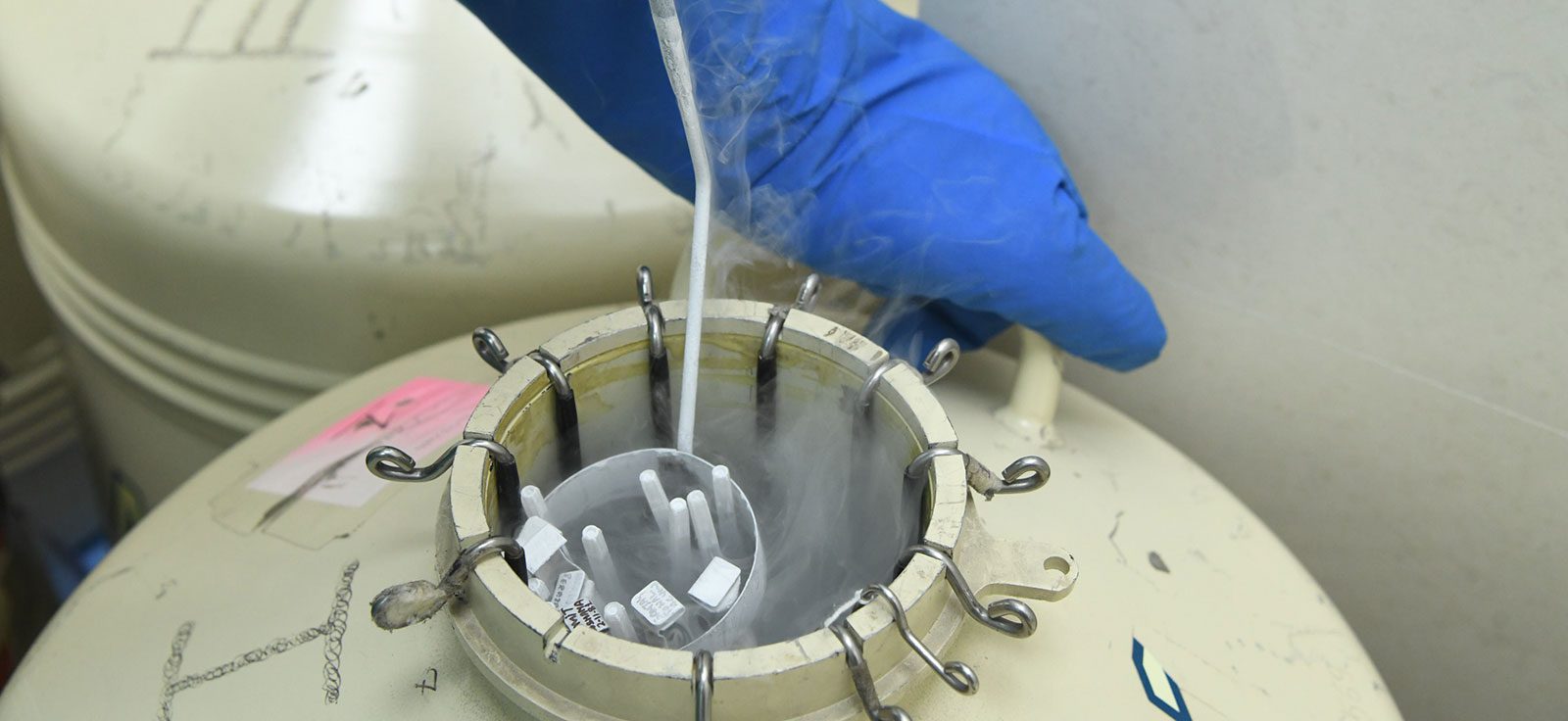During an IVF cycle, a cryopreserved embryo is thawed and then transferred to a woman’s uterus through a frozen embryo transfer (FET).
There is a 60% pregnancy rate per embryo transfer for patients under 35, but only a 20% pregnancy rate per embryo transfer for women over 40.
Why Choose Frozen Embryo Transfer?
Frozen embryo transfer in Delhi may be an option for you if you’re trying to conceive but cannot do so naturally due to a medical illness or other circumstances.
- You Have Extra Embryos
Many embryos may develop through IVF, but only one or two may be transferred at a time because of the risks involved. After a new IVF transfer fails, you may be able to use cryopreserved embryos.
Multiple embryo transfer raises the likelihood of multiple pregnancies (like triplets or quadruplets). If you have an excellent prognosis, your doctor may offer an eSET (elective single embryo transfer).
Let’s imagine you have five embryos. Your doctor proposes a single embryo transfer as an example of an elective procedure (one embryo will be transferred, and the four others will be cryopreserved).
- You Want another Child
A sibling for your IVF-conceived kid may be possible if you have embryos in cryopreservation from a previous transfer that led to a pregnancy.
It’s also possible to have a fresh cycle and not utilise your cryopreserved embryos, although this option is pricier than the other two.
Types of FET-IVF Cycles
There are two types of FET-IVF cycles: Hormonal support cycles and natural cycles.
- Hormonal support cycles are increasingly popular among couples since they imitate the body’s cycle and thicken your endometrium with the administration of oestrogen and progesterone. Many fertility clinics and laboratories favour this frozen embryo transfer Delhi cycle since it is simple to schedule and provides hormonal assistance for those experiencing difficulties with their ovulatory cycle.
- When using FET-IVF in natural cycles, frozen embryo transfer time is governed by your ovulation cycle. An hCG injection is often administered to assure ovulation, and progesterone is utilised for luteal phase maintenance after the ovulation and transfer of the embryo.
Preparing for Your Embryo Transfer
When it comes time for your embryo transfer, it’s crucial to follow your doctor’s instructions and learn more about what to anticipate.
- Take your medicine as prescribed:Progesterone and other supporting drugs are likely to be necessary for both fresh and frozen embryo transfers, so be sure you have plenty of these and follow your clinic’s instructions on how to take them.
- Plan for getting to the clinic on time:Consider weather, traffic, and other potential delays. When driving a long distance to the clinic, consider sleeping the night before your transfer at a nearby hotel to reduce your chance of being late.
- Ask about logistics for the day of the procedure:When you should come, who you may bring to the appointment (typically just one adult at a time), and how long you can anticipate being at the clinic.
- Try to ask questions beforehand:If you wait until the day of the transfer to inquire, you may not remember to ask what you intended to.
- Read directions from the clinic again:Avoid making assumptions or becoming overwhelmed by the task at hand by having a partner or friend read them for you.
- Prepare for a relaxing evening after the transfer: Be prepared by preparing your favourite dinner (or ordering takeout), purchasing a new book, renting a few movies, and generally planning a day of pampering.
Conclusion
The joy of being a parent is something that everyone should enjoy, and no one should be denied the chance to do so. The SCI IVF HOSPITAL is a prominent IVF facility if you’re considering becoming a parent or studying your reproductive options.





